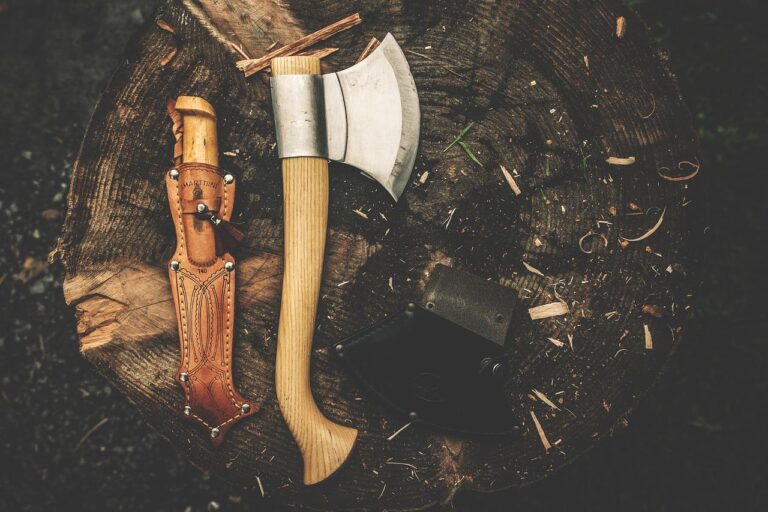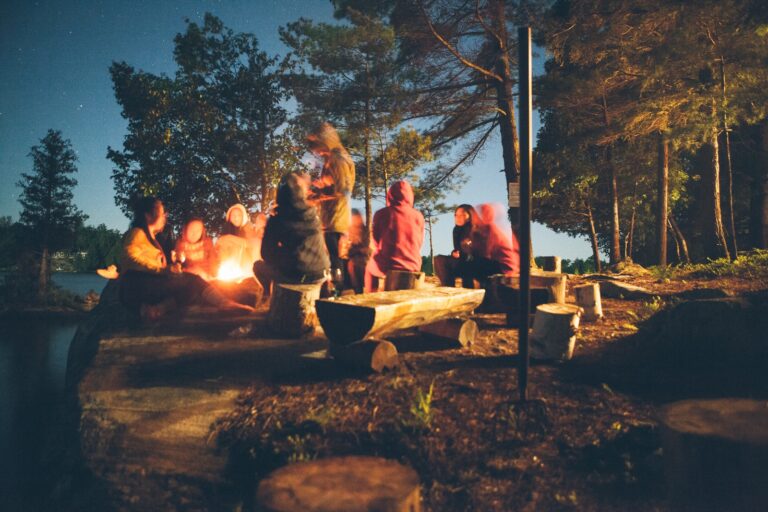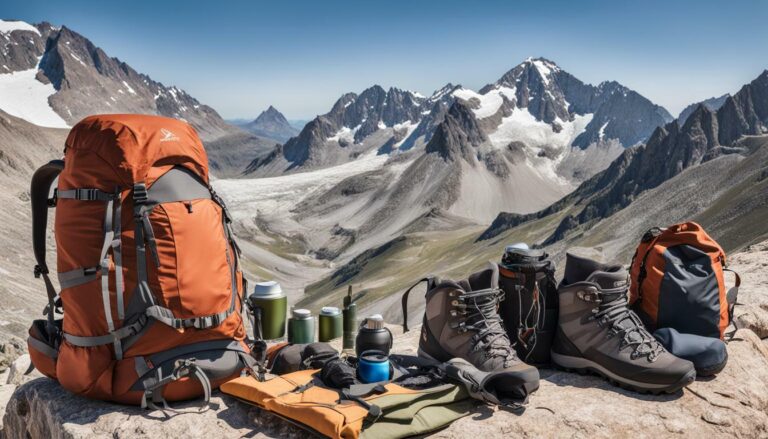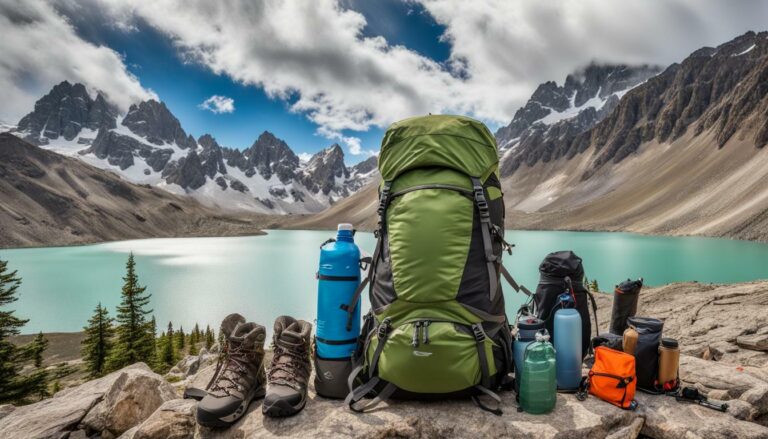Hiking with Knee Pain: Tips and Advice from a Hiker

As a hiking enthusiast, you know that the perfect hiking trip can be anything from easy to quite hard. Whether you’re just getting started or have been hiked before, there are a few things you should keep in mind when planning your next hike. Have you ever tried hiking with knee pain? It’s not fun. In fact, it can be quite miserable. But if you’re determined to hike despite your knee pain, here are a few tips and advice from one of our readers you can do to make the experience more bearable.
What causes knee pain
There are a few things that can cause knee pain when hiking.
One of the most common is simply overdoing it. If you’re not used to hiking long distances, or if you’re carrying a lot of weight, your knees can start to hurt after a few miles. If you’re new to hiking, or if you’re carrying a lot of weight, start with shorter hikes and gradually work up to longer ones.
Another common cause of knee pain when hiking is going too fast. If you’re hiking up a steep hill, it’s tempting to try to go as fast as you can to make it to the top, but this can put a lot of strain on your knees. Take your time and go at a pace that’s comfortable for you.
Finally, one of the most common causes of knee pain when hiking is wearing the wrong shoes. If your shoes don’t fit well or don’t provide enough support, your knees can start to hurt. Make sure you have a good pair of hiking boots that fit well and provide plenty of support.

How Knee Pain Affects Hiking
Knee pain is a common problem for hikers. When the kneecap becomes irritated, it can cause pain in the lower back, leg, and ankle. The symptoms of knee pain vary depending on the extent of the inflammation. If left untreated, knee pain can last for months or even years.
How to Deal with Knee Pain
If you’re experiencing sore knee pain, there are a few things you can do to relieve it:
– elevate your leg while resting on your bed or sofa to reduce pressure on your knees
– ice or heat the area affected
– take over-the-counter ibuprofen or paracetamol for some pain relief
– stretch your hamstring muscles. Start by warming up your knees before you start. You can do this by doing some basic stretches or by walking slowly for a few minutes before you start hiking.
– when hiking downhill, take it slow and use trekking poles if you have them. This will help take some of the pressure off your knees.
– if the trail is very steep, try to walk on the side of the trail rather than in the middle. This will help keep your center of gravity stable and reduce the stress on your knees.
How to Hike with Knee Pain.
When planning a hike, it’s important to choose the right height for the hike. Hiking at an incorrect height could lead to knee pain. To find the right hiking height, measure your knee and consult a doctor or health expert.
Choose the Right Hiking shoes
Hiking shoes are an important part of any trip with kneepain, and they should be chosen carefully. Selection of hiking shoes is based on several factors: type of terrain you will be hiking on, width of feet, level of activity you will be engaging in, and how much weight you will be carrying.
For example, if you are going to hike in sandals or athletic shoes, your feet may not have as much room to move as when walking in traditional hiking shoes. This can cause discomfort or problems down the road.
If you plan on hiking over snow or ice surfaces, make sure that your shoes are made for those types of conditions. If not, they may not help protect your feet from frostbite or other cold weather injuries
Choose the Right Hiking gear
Before starting any hike, make sure that you have all of your gear ready! Hiking gear includes such items as footwear; backpacks and jackets; tents and sleeping bags; food and water containers; first-aid supplies; map reading tools; and more.
Some things to think about when choosing gear include whether or not you want something that can take a beating (like a waterproof jacket), what type of terrain you will be hiking on (hikes over snow/ice surfaces should be done in winter hiking boots), how long the hike will be (larger items like tents take up more space but offer greater comfort than smaller items), how often you plan on using equipment (daily hikes last longer than weekly hikes), pack size (smaller packs can carry more goods but tend to weigh more), and calories burned per day (if hiked regularly).
Hikers need to use proper exercise technique when ascending hills or descending stairs–this includes keeping both legs raised high while moving forward, maintaining good balance while walking/running uphill/downhill, and avoiding sudden movements during squats or push-ups. This can help reduce pain in the knees and other muscles below the kneecap.
Tips for Hiking with Knee Pain.
It can be difficult to hike with knee pain, but don’t let that stop you from enjoying the experience. Be patient and take your time hiking, walking, or biking. Hiking in a group can help each person feel more supported and able to hike at a slower pace. First of all, it is important to identify the source of your knee pain. If the pain is coming from your knee joint, it is likely that you have a problem with your cartilage. Cartilage is the cushioning material that covers the ends of your bones and allows them to move smoothly against each other. If the cartilage is damaged, it can cause pain, swelling, and stiffness in the knee joint.
Be organized
When hiking with knee pain, be sure to keep your itinerary organized. This will help you plan your hike in the most effective way possible and make it easier to stay on track. As well, try to take breaks throughout your hike so that you can rest and regenerate energy.
Take breaks
Hiking is an enjoyable activity, but it’s important to remember that taking too long or not taking enough breaks can lead to fatigue and other problems down the road. Try to take at least two-thirds of your total distance (measured in miles) for each hour you spend hiking in pain, even if that means spending time lying down instead of continuing on foot. If you can, find a place to sit or lean against a tree. This will take some of the pressure off your knees.
Hike in a group
If you find yourself struggling while hiking with knee pain, consider joining a group as soon as possible. Group hiking is often more comfortable for both parties involved and can help reduce any individual fatigue levels).
Trekking Poles
You may also want to consider using a trekking / hiking pole to help take some of the pressure off of your knees, particularly when uphill / downhill hiking or when carrying a heavy pack. This may seem counterintuitive, but using hiking poles can actually help reduce knee pain. The poles take some of the pressure off your knees and help you maintain balance.
Knee brace
You may also want to consider using a knee brace or other knee support to help manage your pain and protect your knees while hiking.
Uneven terrain
Try to avoid uneven terrain. If the ground is uneven, your knees have to work harder to keep you stable (to prevent you twisting your knee), which can cause pain. This kind of repetitive stress on the knees can cause further tendon damage and knee discomfort.
Turn back
Finally, don’t be afraid to turn back if the pain is too much. There’s no shame in turning back early if it means you can live to hike another day than to push yourself too hard and risk injury. It’s better to have a short hike that’s comfortable than a long hike that’s painful.
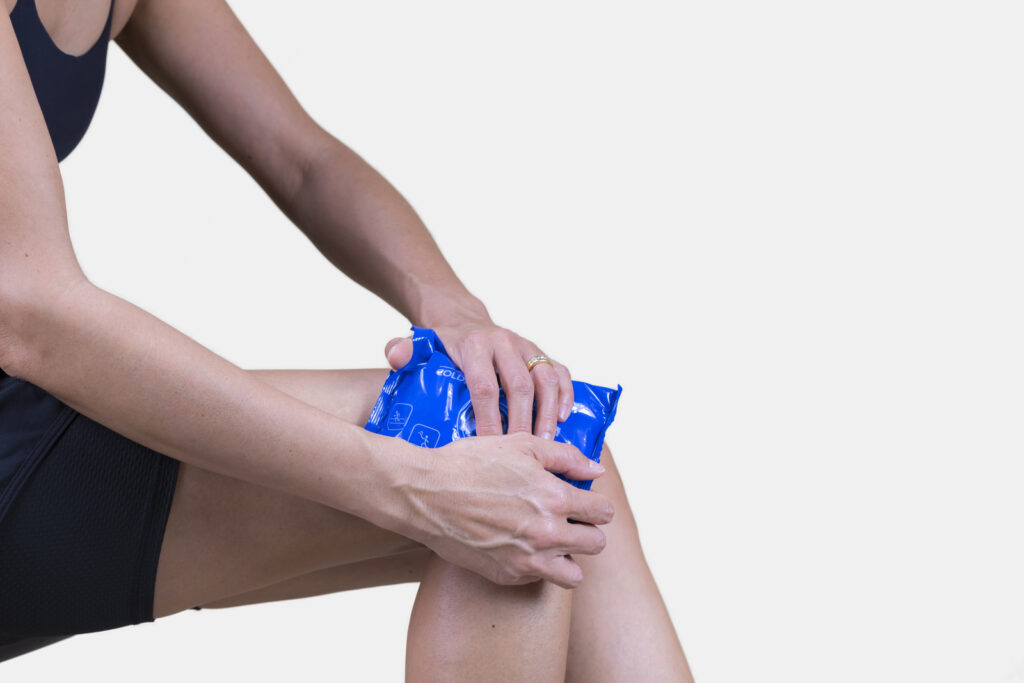
Conclusion
Hiking with knee pain can be a fun and rewarding experience, but it’s important to take care of your health in order to enjoy the hike. By choosing the right hiking shoes, hiking gear, and exercise technique, you can reduce your risk of experiencing knee pain during your next hike. Additionally, taking breaks and hiking in a group can help you feel more coordinated and safe while on the trail. Overall, learning about how to hike with knee pain is an essential part of any hiking adventure.


